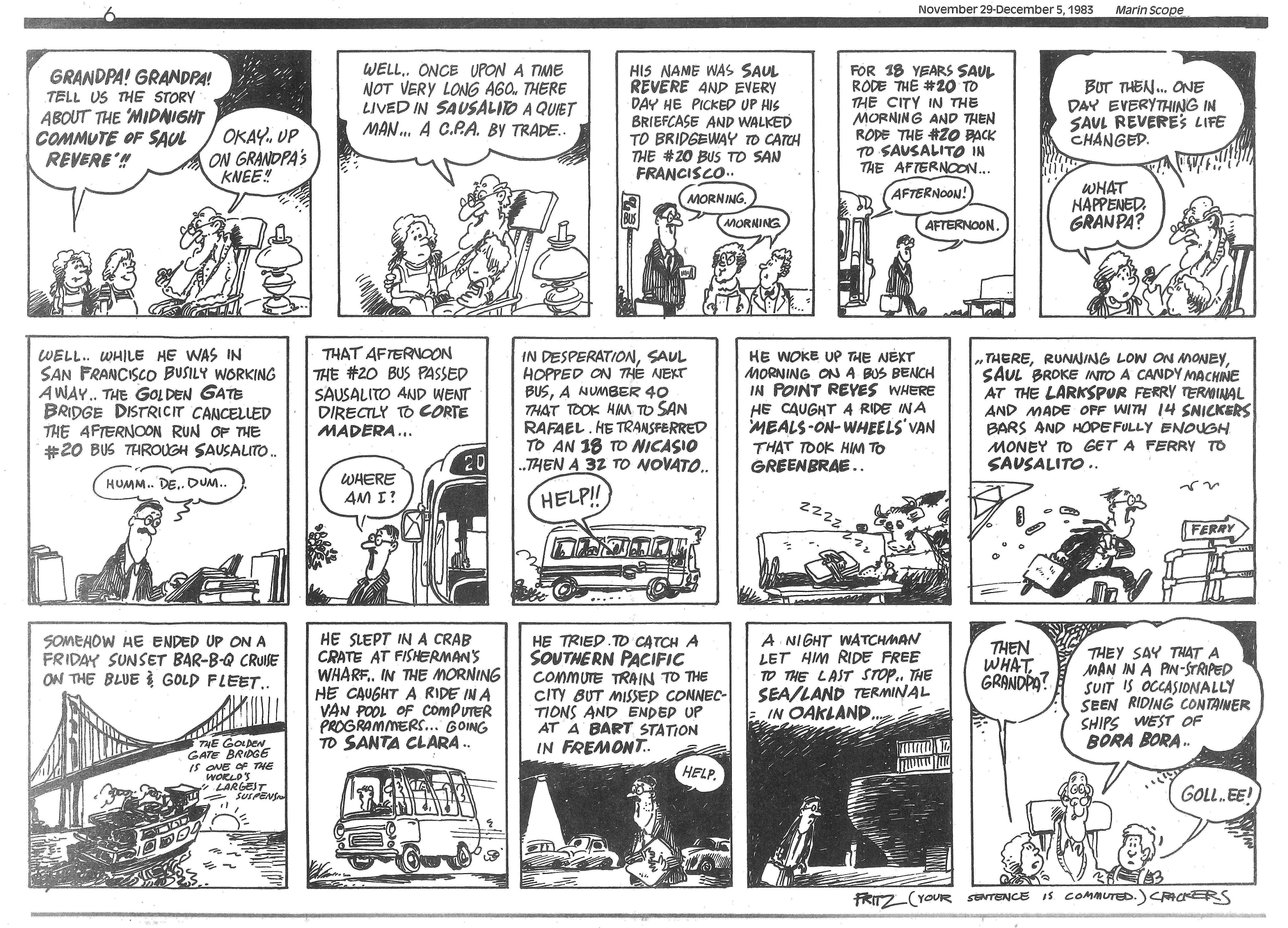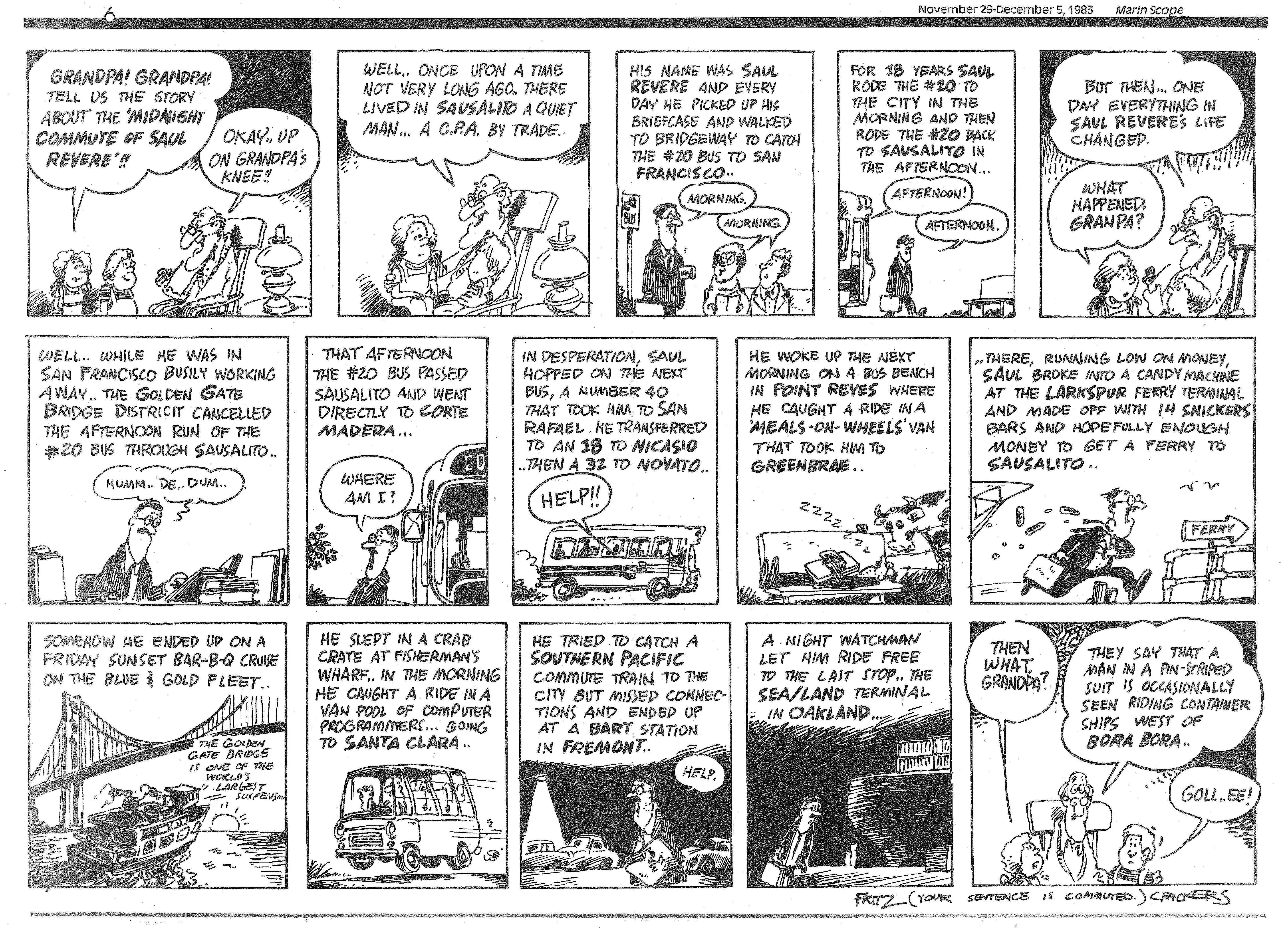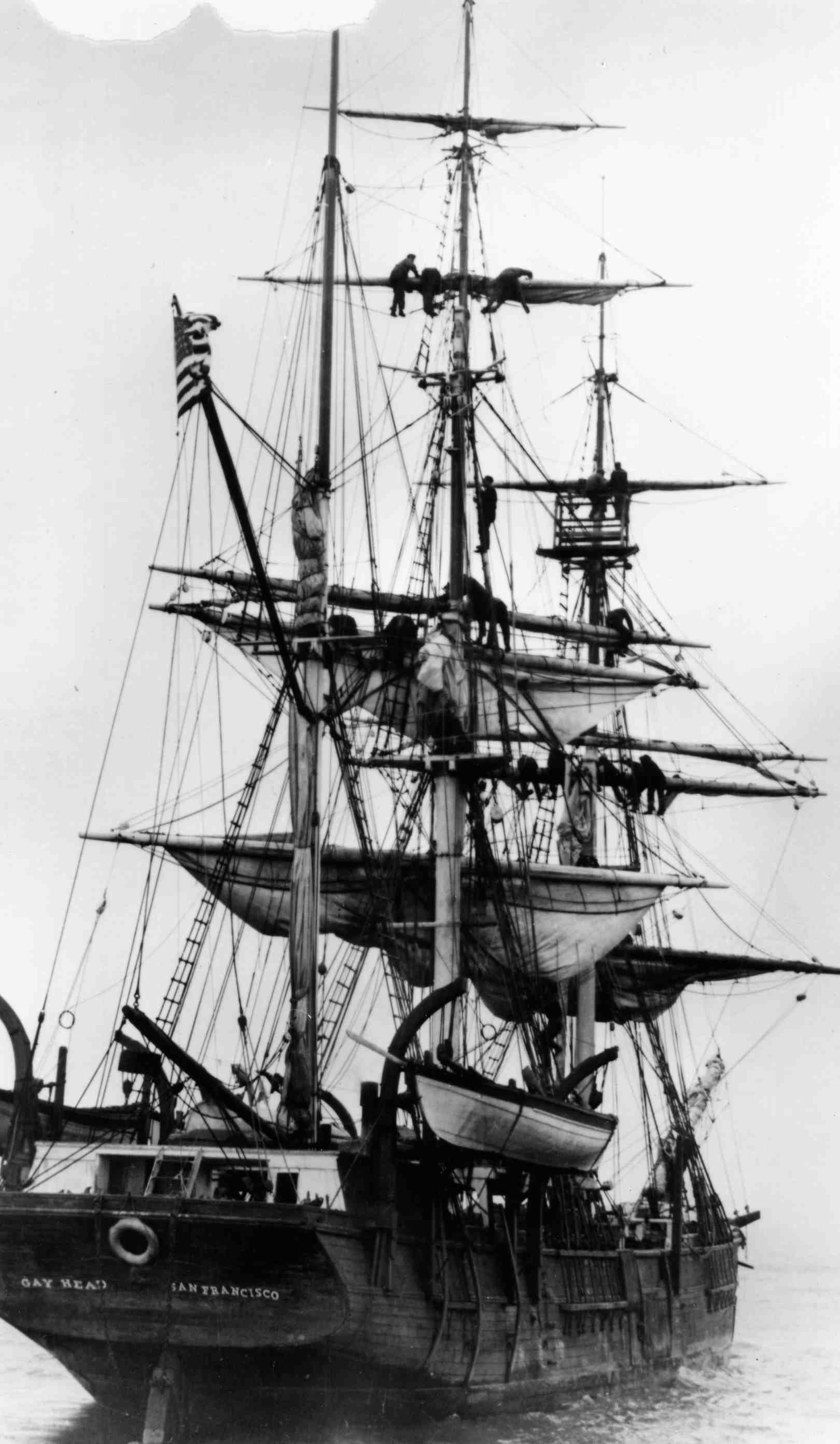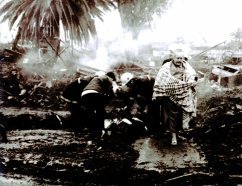Nothing Changes - Parking Problems in 1958
 Tuesday, June 7, 2011 at 01:12AM
Tuesday, June 7, 2011 at 01:12AM by Annie Sutter
This story is from the Argonaut Magazine published in April 1958.
Parking in Sausalito
The only really upsetting thing we've found in Sausalito is in the parking situation. It isn't that there isn't plenty of parking space even on a busy Sunday, and it isn't that meters are improperly handled, or that the SPD isn't on the job. It is simply that the major municipal parking lot would seem to be the largest money making operation in town.
Judging by a recent Sunday visit, the income on a good day might well run into a considerable amount of money in a very short time. By actual count, we watched the cop on the motorcycle beat write fifteen tickets in something under thirty minutes which is quite an interesting performance.
The reason for this is a large sign which is reproduced in the picture portion of this issue. It is plainly visible at the entrance to the parking lot, and it has arrows pointing toward the two hour limit portion of the lot and to the all day parking area. The two hour portion is quite clearly laid out with meters which adequately handle the situation. The all day portion is another matter.
Off to one side, and very easily missed, is a little mechanical box which dispenses tickets at two-bits each which are meant to be left on the front seats of cars left in the area. On top of the little box is a smaller sign with instructions for parking in the all day lot. By observation, two out of every three people driving into the lot miss it entirely. The cost for a vacant front seat in parked cars, we presume, is the usual $2. This multiplied by a weekend crowd would suggest civic improvements paid in advance for some time to come.
* * * *
The next item about parking is from the book Saucelito/$ausalito by George Hoffman.
As commercialization continued, parking meters were installed. This was predictable. At first there were only a few meters, but soon there were more, reaching out from the hub farther and farther like insidious tentacles. Then the city had to hire a man to attend the meters. They got a good man, honest, strict and ruthless. But he was entirely lacking in public relations and common sense judgment. He had peripheral vision that could spot a red flag on a meter around a corner. His ear could hear the click of the hand three blocks away. In his first week on duty he got writer's cramp, then he trained himself to be ambidextrous. The city's treasury swelled as his zeal increased. His reputation grew rapidly throughout town. There was no leniency. He was as relentless as the nearby tide. Red means revenue. He couldn’t be talked out of a ticket if the sound of the hand was still in the air. He had freon in his veins and made more enemies in a week than Christ made friends in his lifetime.




